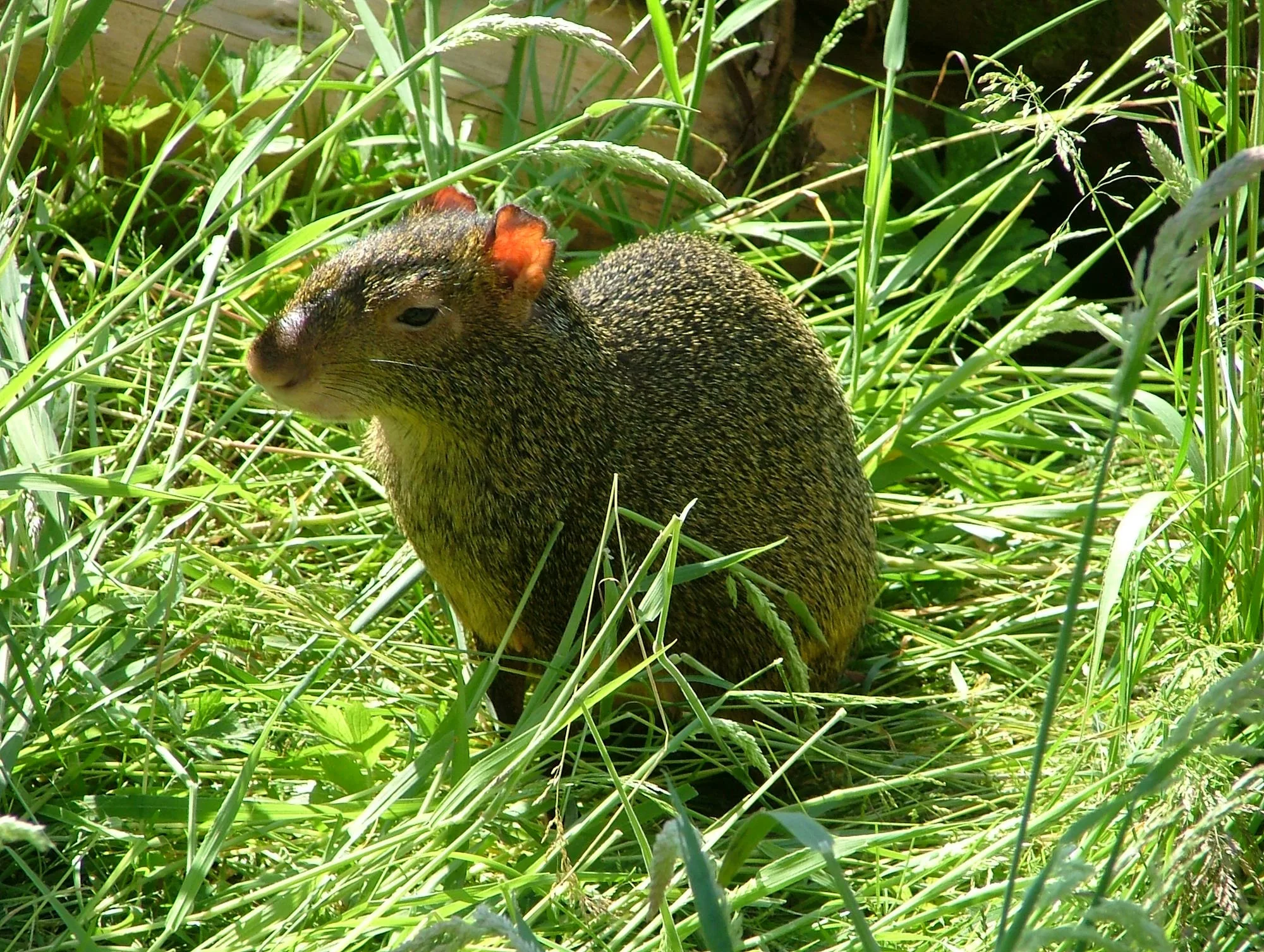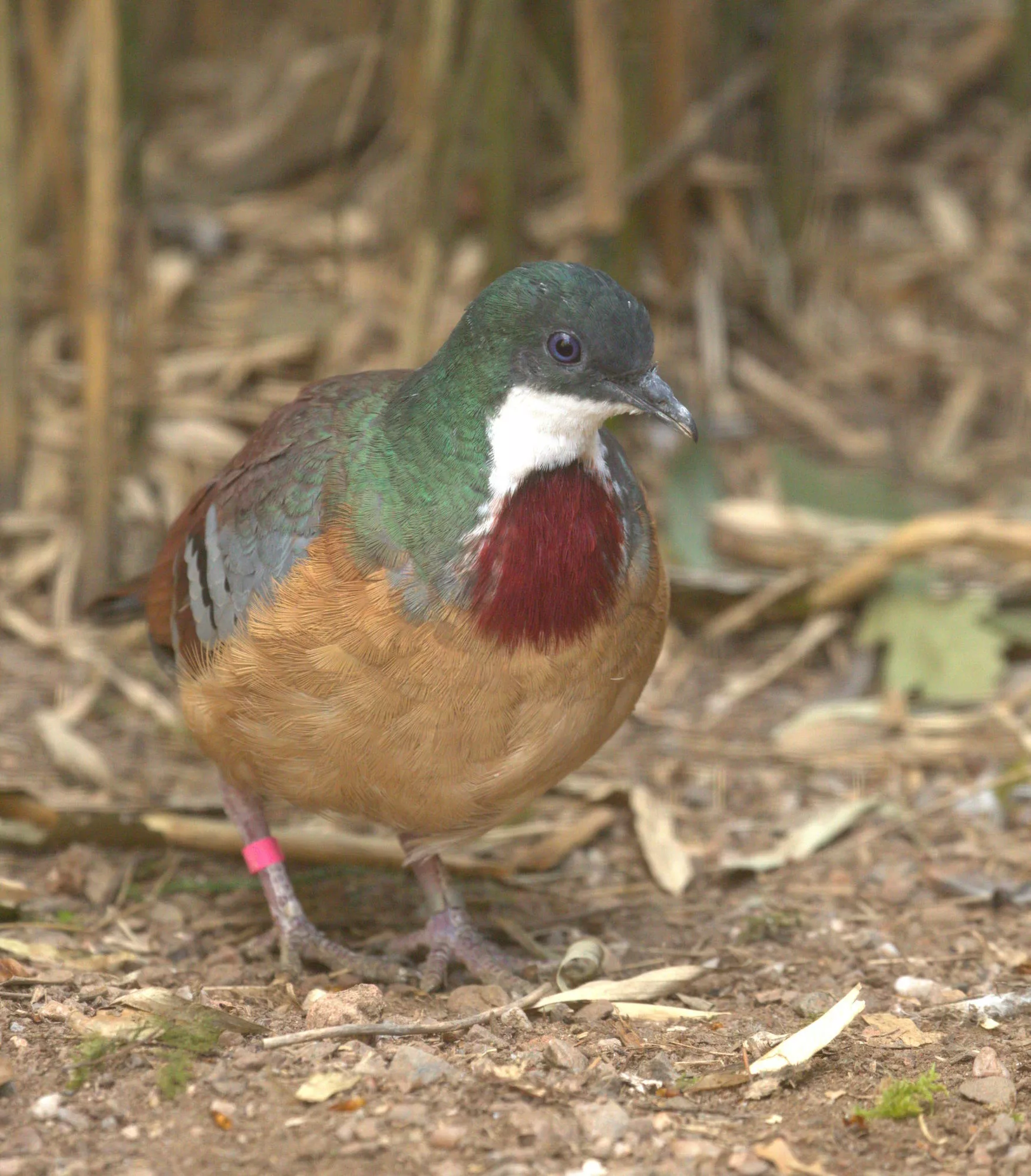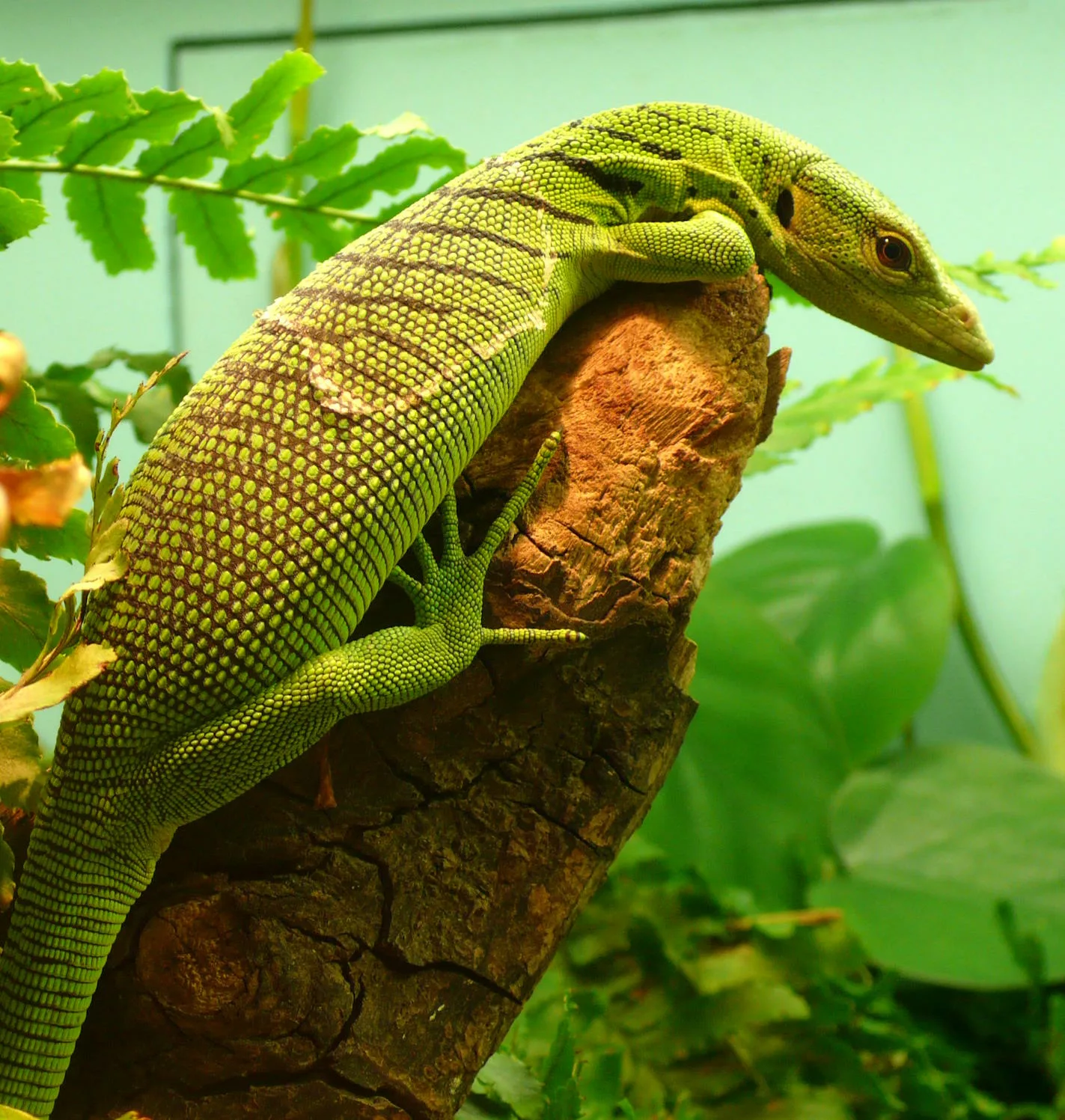
Black-crowned night heron
Scientific name: Nycticorax nycticorax
IUCN listed as: Least Concern
Learn before you visit!
Here are some facts about the species – Discover what they eat, find out about their natural habitat, see what they like to do, and more… Set the reading style to suit you too, everyday speak or something aimed towards children.
Child-friendly
Everyday
Diet
The black-crowned night heron primarily feeds on fish, but its diet also includes crustaceans, insects, frogs, and small mammals. They are opportunistic feeders and hunt mostly during the night or at dusk. Their hunting strategy involves standing still and waiting to ambush prey with a quick strike of their sharp beak. They are known to feed in a variety of aquatic environments, including freshwater and saltwater habitats.
Black-crowned night herons mainly eat fish, but they also like crabs, insects, frogs, and small animals. They hunt mostly at night or when the sun is setting. They stand very still and then quickly catch their food with their sharp beak. They find their food in different water places, like rivers, lakes, and even the sea.
Breeding
Black-crowned night herons breed in colonies, often with other wading birds. They build their nests in trees, shrubs, or on the ground using sticks and twigs. The female typically lays 3 to 5 eggs, which both parents incubate for about 24 to 26 days. The chicks fledge approximately 6 to 7 weeks after hatching, but they stay close to the nest for some time, continuing to be fed by their parents.
Black-crowned night herons have babies in groups, often with other birds. They make their nests in trees or bushes using sticks. The mother bird usually lays 3 to 5 eggs, and both parents keep the eggs warm for about 24 to 26 days. The baby birds leave the nest after 6 to 7 weeks but stay nearby to get food from their parents.
Habitat
Black-crowned night herons are found in a wide range of habitats, including wetlands, marshes, rivers, lakes, and coastal regions. They prefer areas with abundant vegetation for cover and ample water bodies for feeding. These birds are quite adaptable and can also be found in urban environments with suitable water sources. Their range extends across much of the world, including the Americas, Europe, Africa, and Asia.
Black-crowned night herons are found in a wide range of habitats, including wetlands, marshes, rivers, lakes, and coastal regions. They prefer areas with abundant vegetation for cover and ample water bodies for feeding. These birds are quite adaptable and can also be found in urban environments with suitable water sources. Their range extends across much of the world, including the Americas, Europe, Africa, and Asia.
At the zoo
In zoos, black-crowned night herons are provided with environments that mimic their natural habitats, including water features and perching areas. Their diet in captivity includes a variety of fish, insects, and other small animals to ensure proper nutrition. Zoos often engage in breeding programmes to help maintain the population and educate visitors about these birds. Enrichment activities such as live fish feeding and interactive toys are also used to stimulate their natural hunting behaviours.
In zoos, black-crowned night herons live in places that look like their natural homes, with water and places to perch. They get to eat fish, insects, and small animals to stay healthy. Zoos help them have babies and teach visitors about these birds. Fun activities, like feeding live fish and playing with toys, help the birds practise their hunting skills.
Behaviour
Black-crowned night herons are nocturnal and crepuscular, meaning they are most active during the night and at twilight. They are known for their patient hunting technique, standing still for long periods before striking at prey. These herons are social birds, often roosting and nesting in large colonies. They communicate with a range of vocalisations, including harsh croaks and barking sounds.
Black-crowned night herons are active at night and around sunset. They hunt by standing very still and then quickly catching their food. These birds like to be social and often sleep and nest in big groups. They make different sounds to talk to each other, like croaks and barks.
Fun facts
- Global Presence: Black-crowned night herons are one of the most widespread heron species in the world.
- Longevity: They can live up to 20 years in the wild.
- Versatile Diet: Their diet includes a wide range of animals, making them highly adaptable to different environments.
- Distinctive Appearance: Adults have a striking black crown and back, with grey wings and a white underbelly.
- Night Hunters: Unlike many other herons, they hunt mostly at night, giving them an advantage in catching nocturnal prey.
- World Travellers: Black-crowned night herons are found almost everywhere in the world.
- Long Lives: They can live up to 20 years in the wild.
- Big Eaters: They eat lots of different animals, so they can live in many places.
- Cool Looks: They have a black head and back, grey wings, and a white belly.
- Night Owls: They hunt mostly at night, so they can catch animals that come out in the dark.
More animals to discover at our zoo
Quick Links
Tickets & Prices
You can buy tickets for Exmoor Zoo securely online, as well as finding out more price options, discover offers, and more…
What’s on…
Exmoor Zoo hosts incredible Events all through the year. You can find out about what we’ve got in store here…
Routes & info
Like any great discovery, Exmoor Zoo can feel a little off the beaten path – but don’t worry – you can plan your journey with our recommended routes and other useful travel info.



























